Modelling Things. Modelling (large and complex) Systems. Modelling (large and complex) Domains. Analysing and reducing complexity to manageable proportions.
The ‘Frameworks’ Methodology and the web-based ‘Frameworks’ Tool. “The Intelligent Frame” – provides a way for independent* structured thinking and the construction of simple graphical models for the representation and sharing* of thinking and understanding.
* independent thinking; the individual “Thinker Modeller”
* sharing (communication, getting to be on the same page) thinking and understanding with team members dealing with a problem (problem modelling, problem solving)
Entry-Level – simple analysis, discerning, naming and categorisation – constructing simple graphical models (visualising) of thinking and understanding.
Here is an example Thinking Model employing the Prototype ‘Frameworks’ Thinking Tool.
https://magicbrowser.co.uk/frameworks/
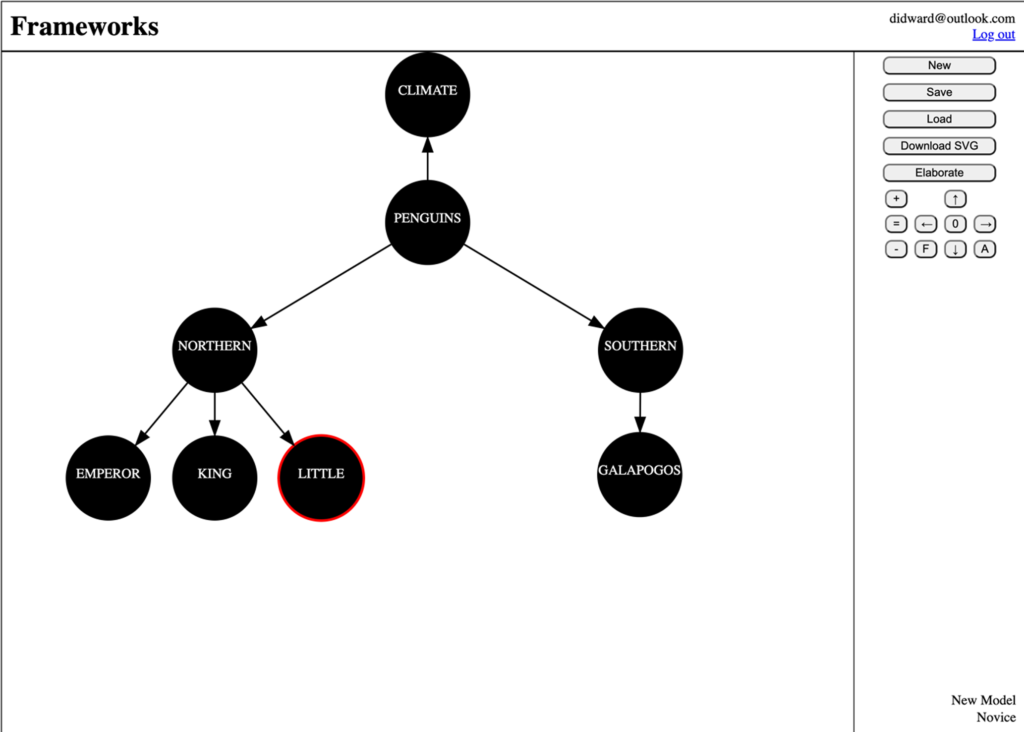
In ‘Frameworks’ – the Thinking Models are constructed around a simple object-oriented Core Spinal Model
Here are some examples of models/graphs from the internet – which illustrate complexity and complex models/visualisations.
Many of these include crossed links (!?) and where links have values (ref. mathematical graph theory).
OK for experts, professional analysts illustrating their analyses etc.
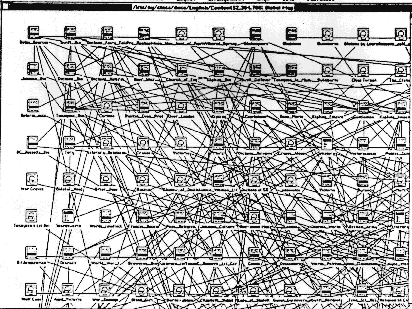
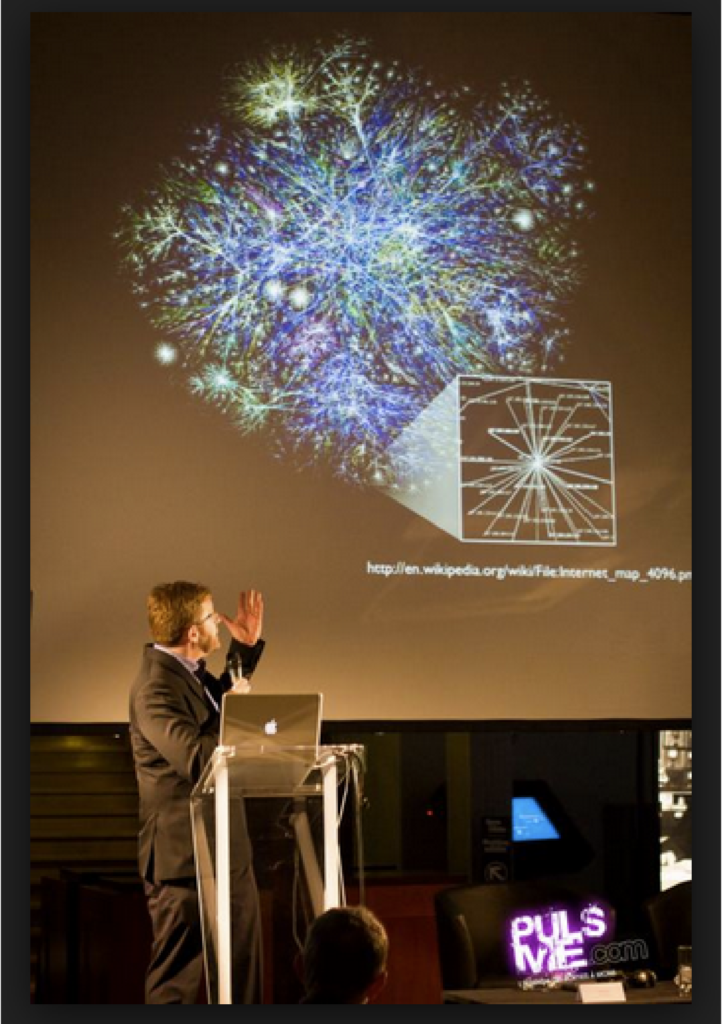
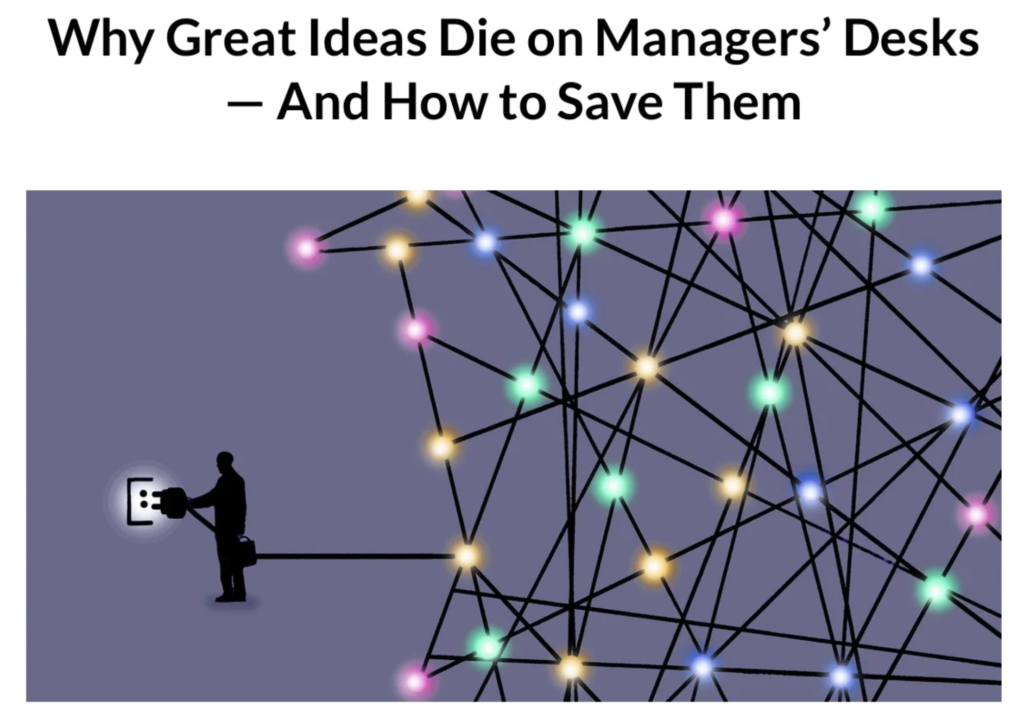
Node-Link Visualisation is Hard!
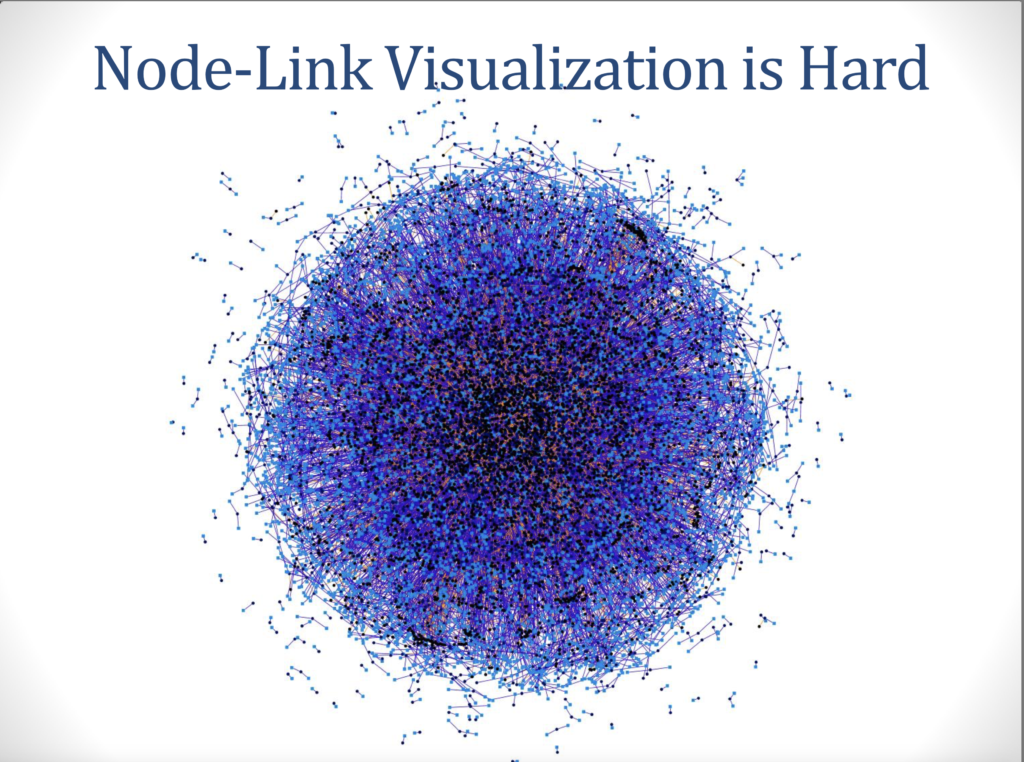
‘Frameworks’ has been designed for Simple, Entry-Level Analysis and Modelling – discerning, naming, clustering and categorisation – constructing* simple graphical models (visualising) of thinking and understanding.
* constructing – in terms of step-by-step hands on manipulation of things – of ideas – of objects – learning by doing – learning by building – by constructing (ref Jean Piaget; Jerome Bruner).
Some people suggest that so-called “Thinking Models” and “Models of Understanding”, Representations and Visualisations of Thinking and Knowledge – can be done with Presentation Tools like ‘PowerPoint’. Some people suggest that composing simple graphical models to represent/visualise analyses/thinking may be easily Doen with drawing tools or more sophisticated tools like ‘Miro’ (which has hundreds of Templates to choose from and to edit).
I discuss issues of representation vs presentation and the construction of models as simple graphical hierarchies around the ‘Frameworks’ Core Spinal Model (with simple hierarchical links of association) in my Book, ‘Frameworks’.
Is selecting an appropriate/correct Template and editing it – the same as constructing a model according to the ‘Frameworks’ Methodology? Is knowledge and experience required to understand and discriminate amongst templates?
‘Miro’ provides a WEALTH of templates. QED.
Is the ‘Frameworks; Methodology – as driven by a cognitive model of: FOCUS (Specify and Name) and CONTEXT (Specify and Name) rather “simplistic“? Or is its a simple way of thinking about things – and thinking about such as large and complex systems and domains – and constructing a model of YOUR, INDIVIDUAL; or TEAM, SHARED THINKING around a general-purpose Core Spinal Model – such as ‘Frameworks’ – an alternative way of modelling, of communication?
The world is not a simple place. The Next Generation (our children) will have to hit the ground running with awareness, knowledge and skills of dealing with complexity – and the chaos and complexities of the digital world of information!
‘Frameworks’ provides a way of dealing with complexity, with information chaos – of structured thinking and ithe modelling and management of key information – of making sense of it all. More than a simple modelling template – a methodology and a tool based upon a Meta Model encapsulating a Core Spinal Model of Focus, Context and Instances, and providing for modelling which is Framed & Constrained. Framed & Constrained – avoiding information and information modelling overload.
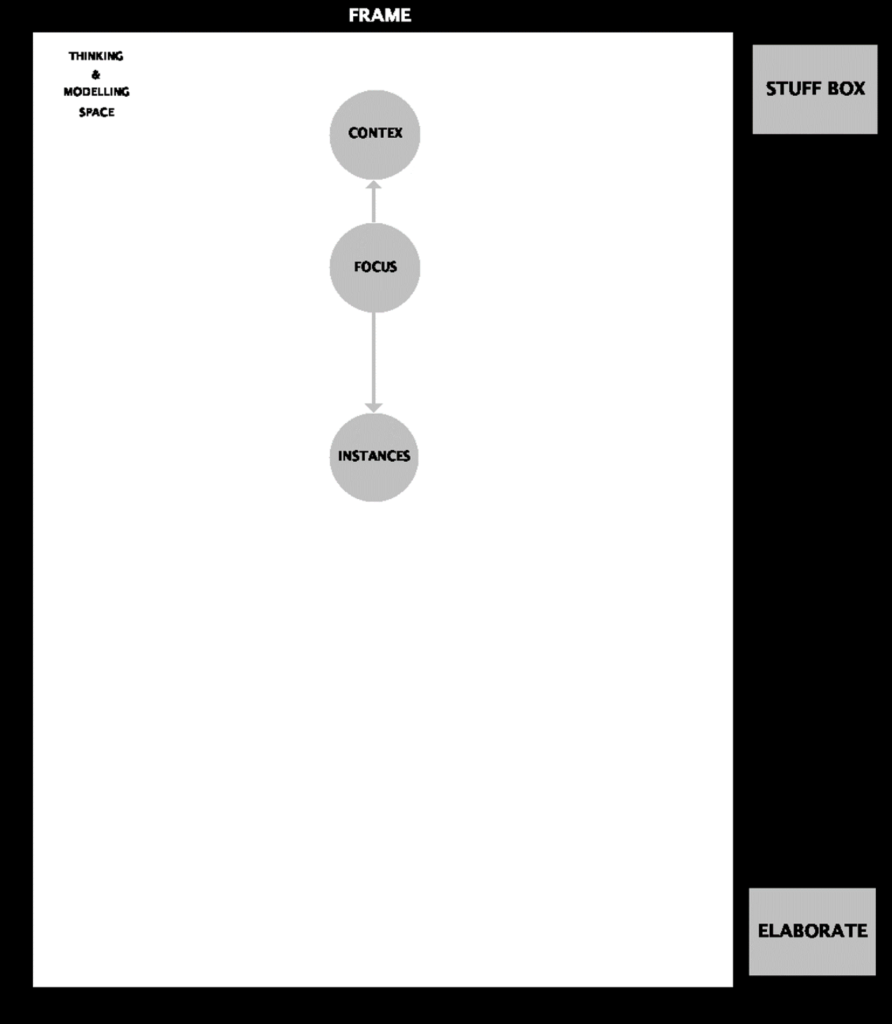
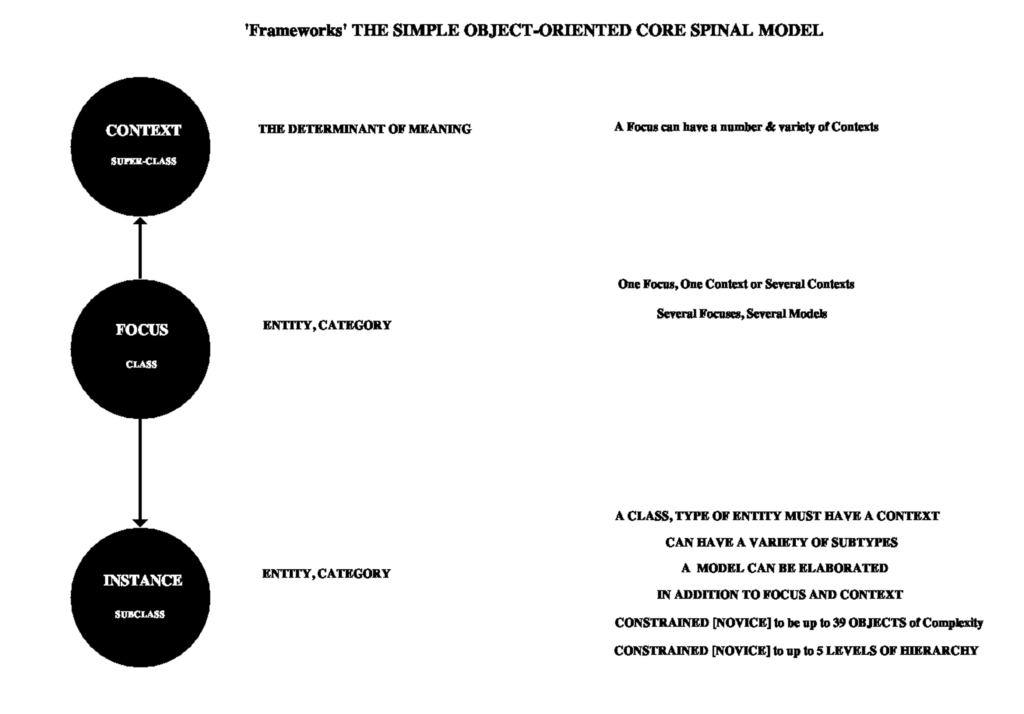
‘Frameworks’ bodies ideas around abstraction, analysis, naming, categorisation, the object-oriented paradigm and the modelling of key information – where the Model is The Interface.
